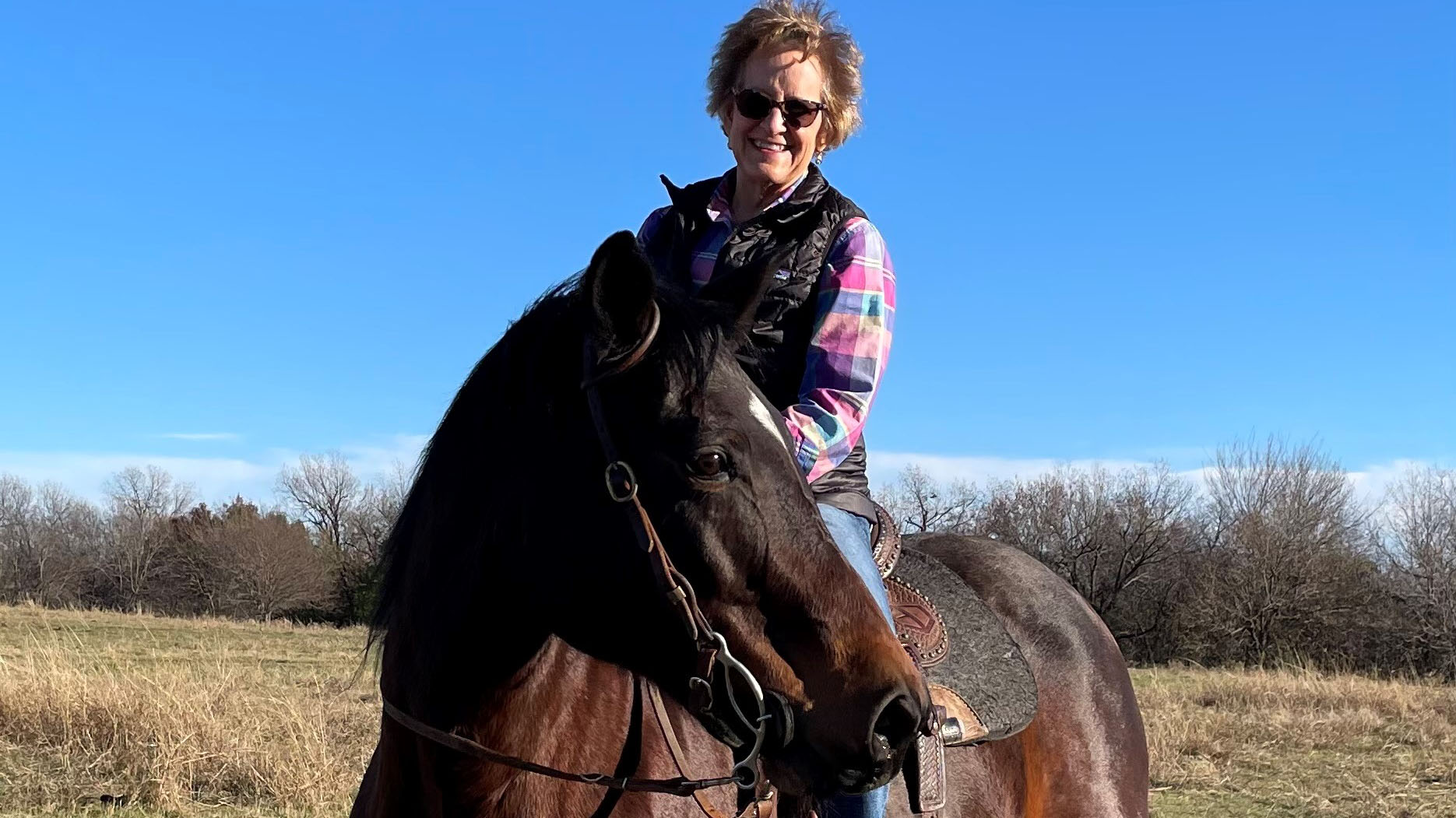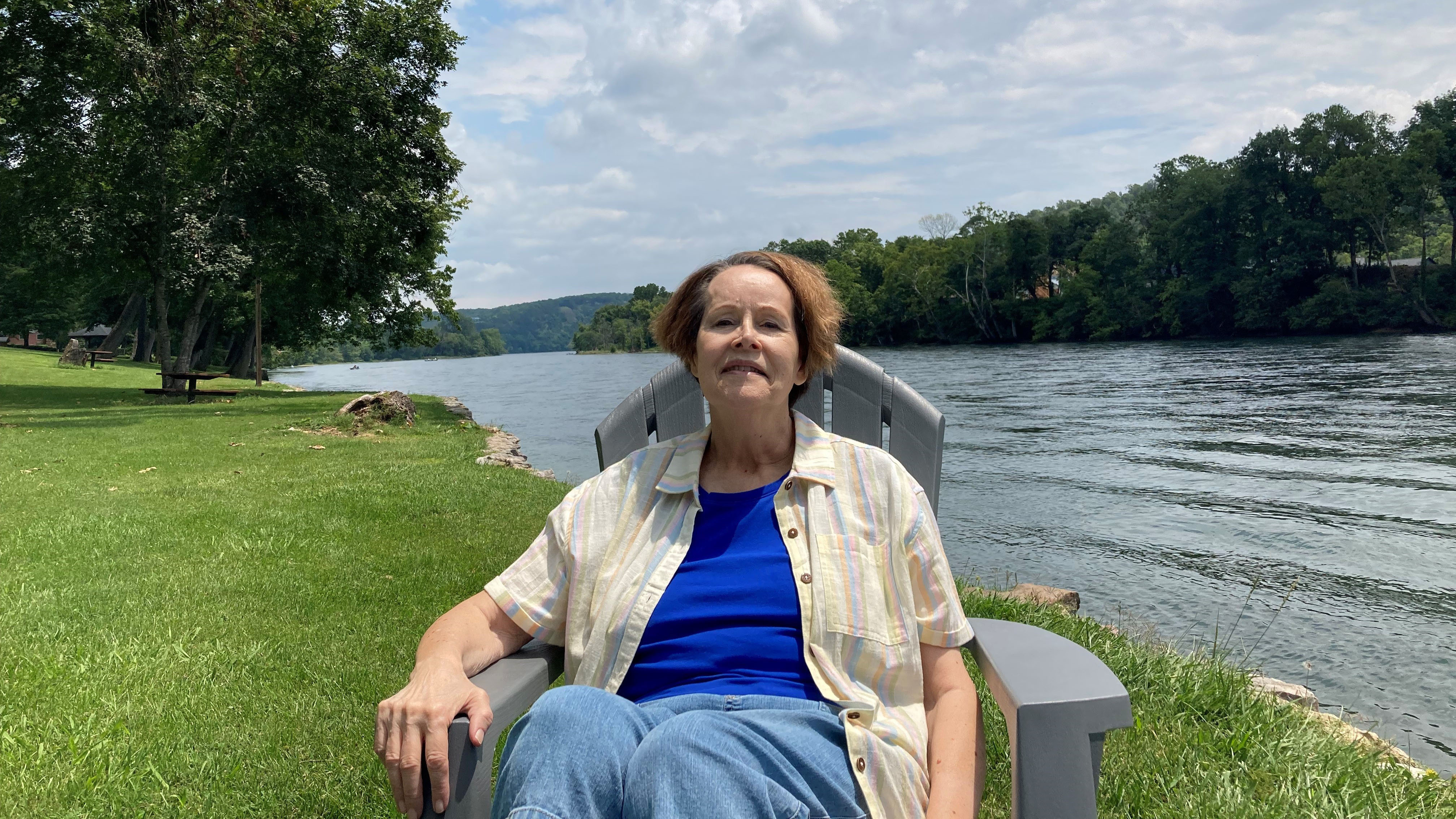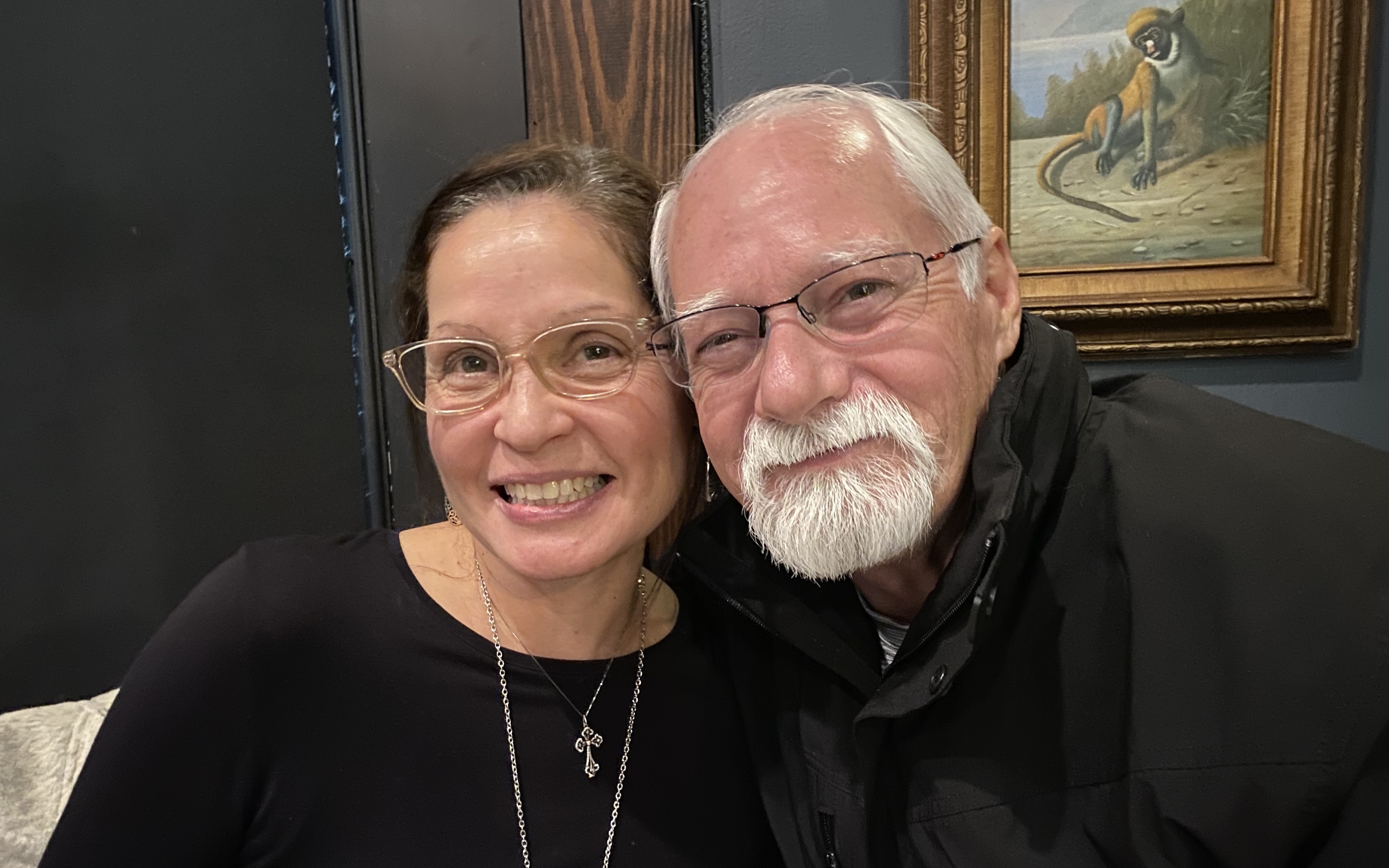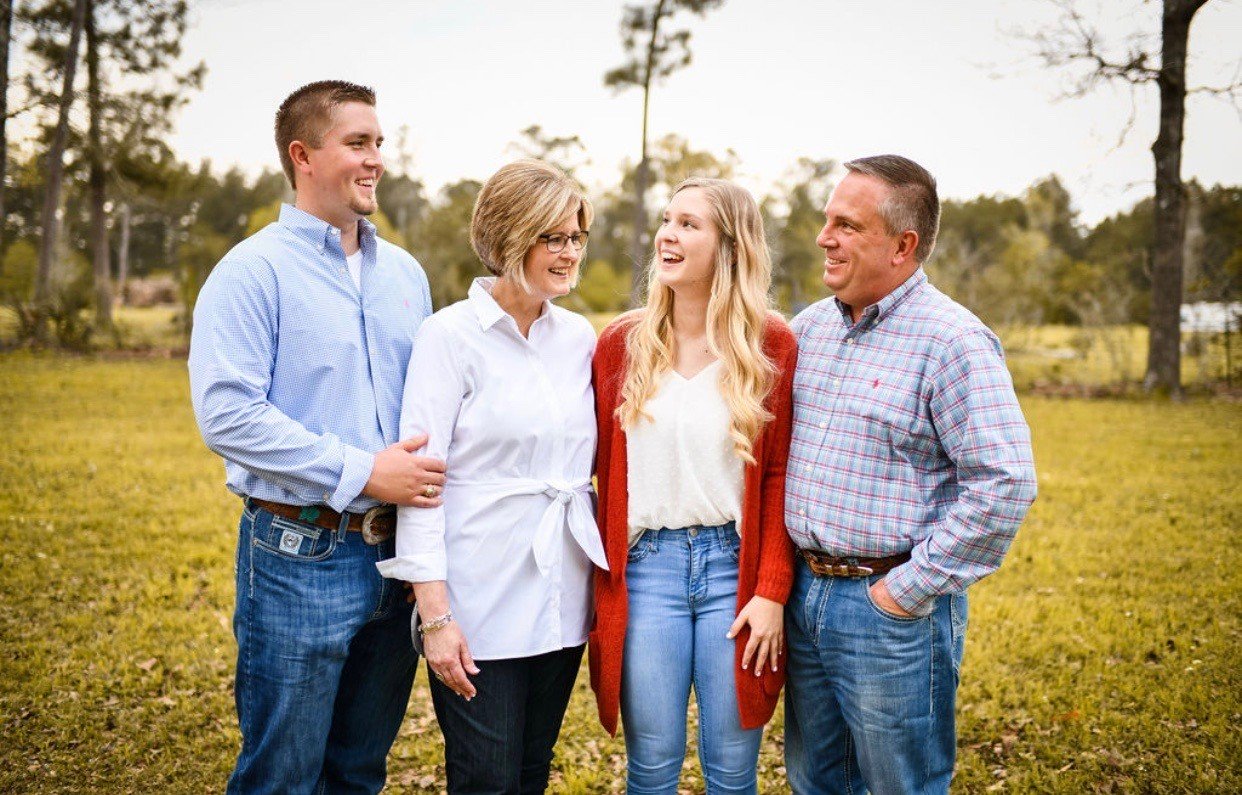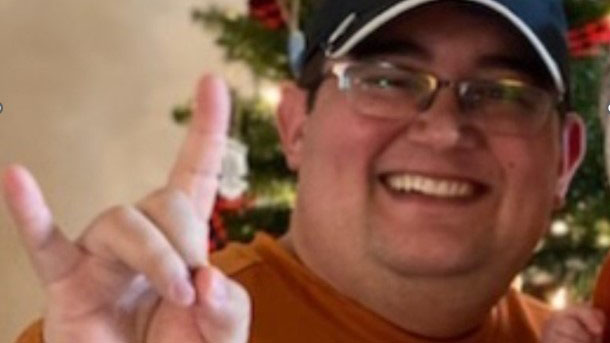- Diseases
- Acoustic Neuroma (16)
- Adrenal Gland Tumor (24)
- Anal Cancer (70)
- Anemia (2)
- Appendix Cancer (18)
- Bile Duct Cancer (26)
- Bladder Cancer (74)
- Brain Metastases (28)
- Brain Tumor (234)
- Breast Cancer (726)
- Breast Implant-Associated Anaplastic Large Cell Lymphoma (2)
- Cancer of Unknown Primary (4)
- Carcinoid Tumor (8)
- Cervical Cancer (164)
- Colon Cancer (168)
- Colorectal Cancer (118)
- Endocrine Tumor (4)
- Esophageal Cancer (44)
- Eye Cancer (36)
- Fallopian Tube Cancer (8)
- Germ Cell Tumor (4)
- Gestational Trophoblastic Disease (2)
- Head and Neck Cancer (14)
- Kidney Cancer (130)
- Leukemia (342)
- Liver Cancer (50)
- Lung Cancer (286)
- Lymphoma (278)
- Mesothelioma (14)
- Metastasis (30)
- Multiple Myeloma (100)
- Myelodysplastic Syndrome (60)
- Myeloproliferative Neoplasm (6)
- Neuroendocrine Tumors (16)
- Oral Cancer (102)
- Ovarian Cancer (178)
- Pancreatic Cancer (160)
- Parathyroid Disease (2)
- Penile Cancer (14)
- Pituitary Tumor (6)
- Prostate Cancer (150)
- Rectal Cancer (58)
- Renal Medullary Carcinoma (6)
- Salivary Gland Cancer (14)
- Sarcoma (238)
- Skin Cancer (300)
- Skull Base Tumors (56)
- Spinal Tumor (12)
- Stomach Cancer (66)
- Testicular Cancer (28)
- Throat Cancer (92)
- Thymoma (6)
- Thyroid Cancer (100)
- Tonsil Cancer (30)
- Uterine Cancer (86)
- Vaginal Cancer (18)
- Vulvar Cancer (22)
- Cancer Topic
- Adolescent and Young Adult Cancer Issues (22)
- Advance Care Planning (12)
- Biostatistics (2)
- Blood Donation (18)
- Bone Health (8)
- COVID-19 (360)
- Cancer Recurrence (120)
- Childhood Cancer Issues (120)
- Clinical Trials (628)
- Complementary Integrative Medicine (22)
- Cytogenetics (2)
- DNA Methylation (4)
- Diagnosis (238)
- Epigenetics (6)
- Fertility (62)
- Follow-up Guidelines (2)
- Health Disparities (14)
- Hereditary Cancer Syndromes (128)
- Immunology (18)
- Li-Fraumeni Syndrome (8)
- Mental Health (122)
- Molecular Diagnostics (8)
- Pain Management (62)
- Palliative Care (8)
- Pathology (10)
- Physical Therapy (18)
- Pregnancy (18)
- Prevention (936)
- Research (390)
- Second Opinion (78)
- Sexuality (16)
- Side Effects (616)
- Sleep Disorders (10)
- Stem Cell Transplantation Cellular Therapy (216)
- Support (408)
- Survivorship (328)
- Symptoms (182)
- Treatment (1788)
Myelofibrosis survivor: A stem cell transplant was the right decision for me
BY Andrea Spica
4 minute read | Published December 15, 2021
Medically Reviewed | Last reviewed by an MD Anderson Cancer Center medical professional on December 15, 2021
During a routine checkup about 20 years ago, my primary care doctor noticed that my blood platelet count was going up. After meeting with a hematologist near my home in Dallas, I was diagnosed with essential thrombocytosis. That meant my body was making excess platelets for an unknown reason.
For about nine years, I took anagrelide daily to manage the essential thrombocytosis. I continued cycling, traveling and enjoying retirement. I just needed to be careful and avoid injuries or cuts since they could result in excessive bleeding.
But during a cycling trip, I noticed I was extremely fatigued. As an athlete and avid cyclist, I didn’t understand why I was feeling sluggish and having difficulty keeping pace. I felt the need to take a nap after each ride.
Not wanting to give up things I loved, I went to the doctor.
My bloodwork showed my hemoglobin level was very low, so my doctor suggested I make an appointment at MD Anderson for a bone marrow biopsy.
Helping myself and others through clinical trials
On my first trip to MD Anderson in July 2009, I met with leukemia specialist Hagop Kantarjian, M.D. The bone marrow biopsy results showed that the essential thrombocytosis had progressed to myelofibrosis, a condition that can sometimes develop into acute myeloid leukemia.
At the time, treatment options were slim. Instead of taking a maintenance medication like revlimid or undergoing a bone marrow transplant, I decided to focus on exploring clinical trial options.
Over the course of two years, I traveled to MD Anderson every three months for monitoring and enrolled in several clinical trials. I figured if my treatment could help somebody else, I was willing to do that. I had to discontinue the trials that didn’t work or made me sick, but I kept trying. In 2011, I met with hematologist-oncologist Srdan Verstovsek, M.D., to explore other treatment options.
Dr. Verstovsek started me on a clinical trial with the JAK inhibitor drug momelotinib. For about five years, my body responded well, and I felt free to enjoy my life again. But the drug was no longer working as effectively less than a year before the end of the clinical trial. I started needing blood transfusions because my red blood cell count was very low.. That’s when Verstovsek, along with stem cell transplant specialist Uday Popat, M.D., suggested that I consider an allogeneic stem cell transplant. I would need a donor.
Popat and Verstovsek’s team worked together and found that luckily, my younger sister was a perfect match to be my stem cell donor. Now, I had a big decision to make.
Weighing the pros and cons of a stem cell transplant
I didn’t know what would happen afterward if I got a stem cell transplant. At the time, I was 69 and functioning. I was still cycling and traveling, but it was becoming more difficult. Did I want to stay the course and hope that another drug would come along that might help? Or did I want to take a chance to be in full remission?
I started researching. I spoke to people who had stem cell transplants to better understand the struggles and successes. I also looked the support staff who would provide post-transplant care. I found MD Anderson’s staff to be far and away the best. In the end, I decided that a stem cell transplant was best for me.
My stem cell transplant and recovery
My care team worked together closely before, during and after my stem cell transplant, and ensured I got the supportive and rehabilitative care I needed. Nutrition played a big part in my recovery. I was put on a non-restrictive diet and was surprised that MD Anderson’s hospital food was so tasty and nutritious!
Initially, I had concerns about being away from home for the stem cell transplant. While that did require preplanning and organizing, being close to the hospital brought me and my wife a sense of security in case of an emergency. It also made the after-care checkups over the next few months much more convenient.
The transplant was successful, but it was a very difficult process. I lost a lot of weight in the first month due to stomach sensitivity and mouth sores. I also had to be very careful to avoid germs because my body couldn’t ward off infection.
Three years later, I finally feel like I’m getting back to my normal self, and I can’t praise MD Anderson enough. From the beginning to the end of my stem cell transplant, everyone was terrific. I am so grateful to be back to doing the things I love.
My advice for others considering a stem cell transplant
When I talk with anyone considering a stem cell transplant, I advise them to consider who is going to support them during and after the procedure. As a patient with a compromised immune system, you must be vigilant about your health as your body heals. My wife was invaluable to the process, and my sister stayed with us in Houston for four months. The patient can’t do everything alone.
It’s also important to stay positive and believe that things will get better. If you lose your positive attitude and your emotional wellbeing, your recovery is in jeopardy. It’s hard to do, but it’s important.
And finally, I tell people to remember that every case is different. You can talk to a lot of people about their stem cell transplant experiences. But in the end, you have to decide what is best for you.
Request an appointment at MD Anderson online or by calling 1-855-495-0059.
Related Cancerwise Stories

You have to decide what is best for you.
Andrea Spica
Survivor

